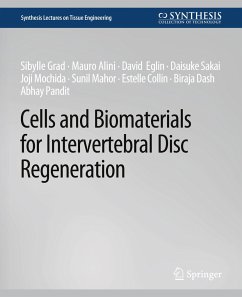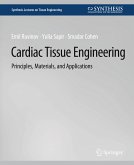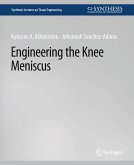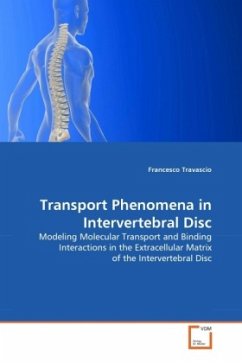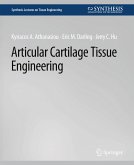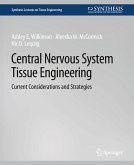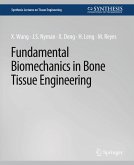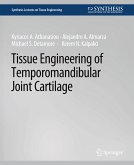Disorders related to the intervertebral disc (IVD) are common causes of morbidity and of severe life quality deterioration. IVD degeneration, although in many cases asymptomatic, is often the origin of painful neck and back diseases. In Western societies IVD related pain and disability account for enormous health care costs as a result of work absenteeism and thus lost production, disability benefits, medical and insurance expenses. Although only a small percentage of patients with disc disorders finally will undergo surgery, spinal surgery has been one of the fastest growing disciplines in the musculoskeletal field in recent years. Nevertheless, current treatment options are still a matter of controversial discussion. In particular, they hardly can restore normal spine biomechanics and prevent degeneration of adjacent tissues. While degeneration affects all areas of the IVD, the most constant and noticeable changes occur in the gel-like central part, the nucleus pulposus (NP). Recentemphasis has therefore been put in biological ways to regenerate the NP; however, there are a number of obstacles to overcome, considering the exceptional biological and biomechanical environment of this tissue. Different biological approaches such as molecular, gene, and cell based therapies have been investigated and have shown promising results in both in vitro and in vivo studies. Nonetheless, considerable hurdles still exist in their application for IVD regeneration in human patients. The choice of the cells and the choice of the cell carrier suitable for implantation pose major challenges for research and development activities. This lecture recapitulates the basics of IVD structure, function, and degeneration mechanisms. The first part reviews the recent progress in the field of disc and stem cell based regenerative approaches. In the second part, most appropriate biomaterials that have been evaluated as cell or molecule carrier to cope with degenerative disc disease are outlined. The potential and limitations of cell- and biomaterial-based treatment strategies and perspectives for future clinical applications are discussed.Table of Contents: Cell Therapy for Nucleus Pulposus Regeneration / Recent Advances in Biomaterial Based Tissue Engineering for Intervertebral Disc Regeneration
Bitte wählen Sie Ihr Anliegen aus.
Rechnungen
Retourenschein anfordern
Bestellstatus
Storno

